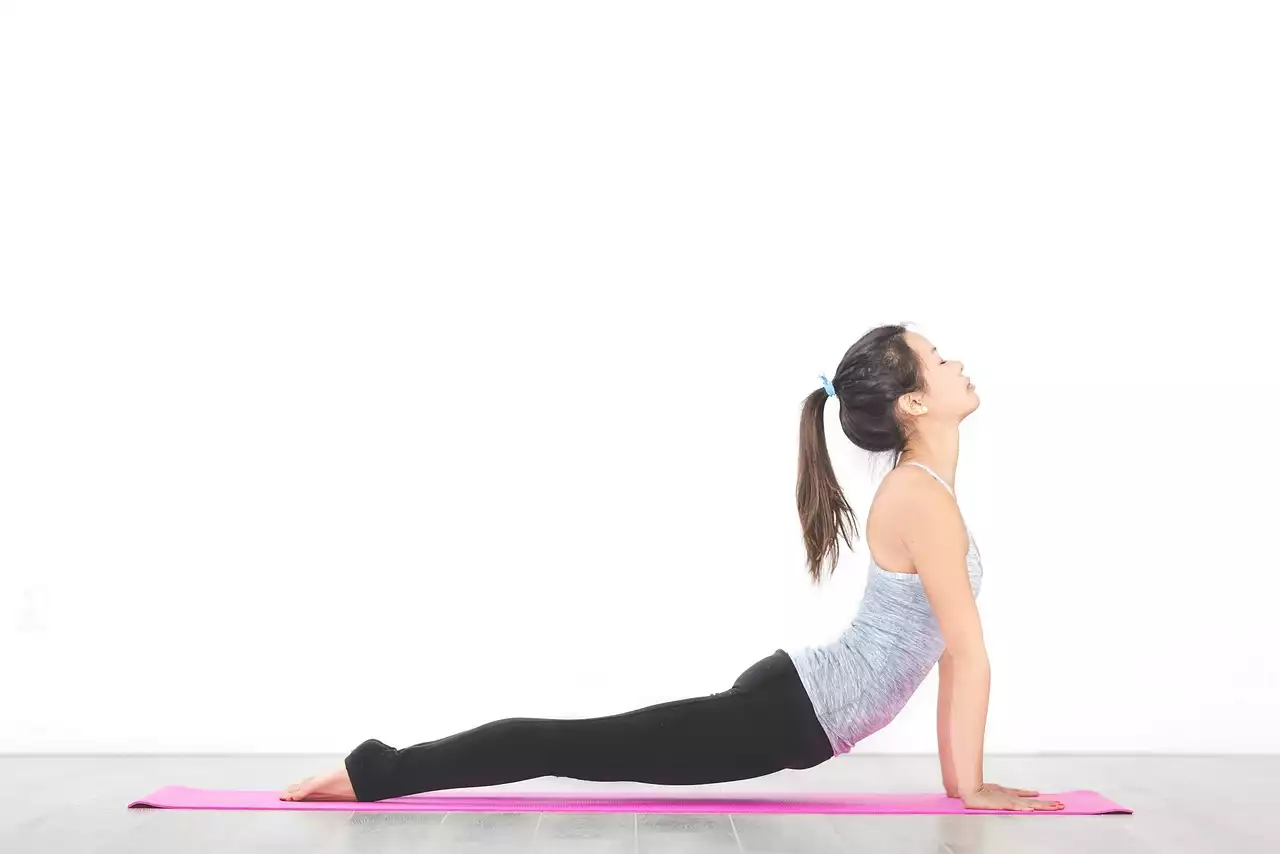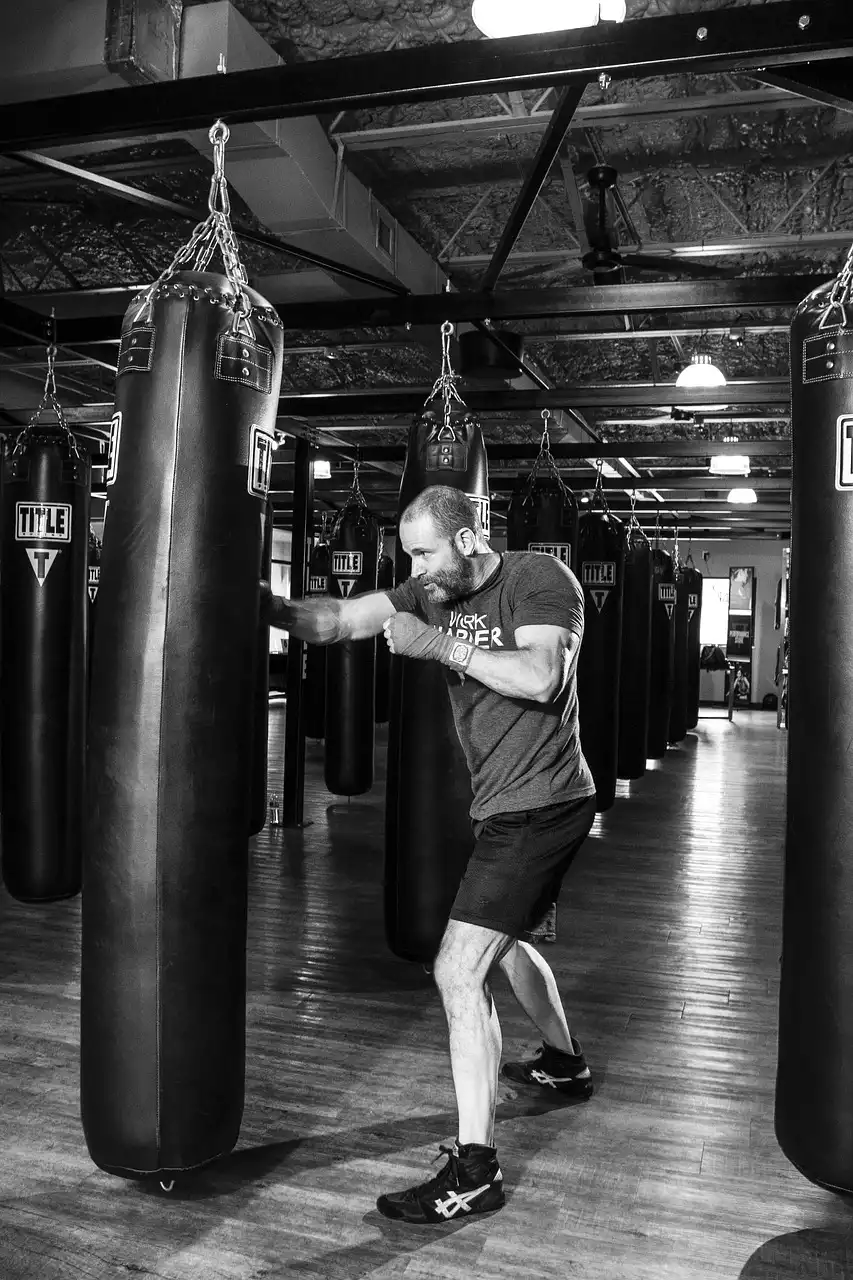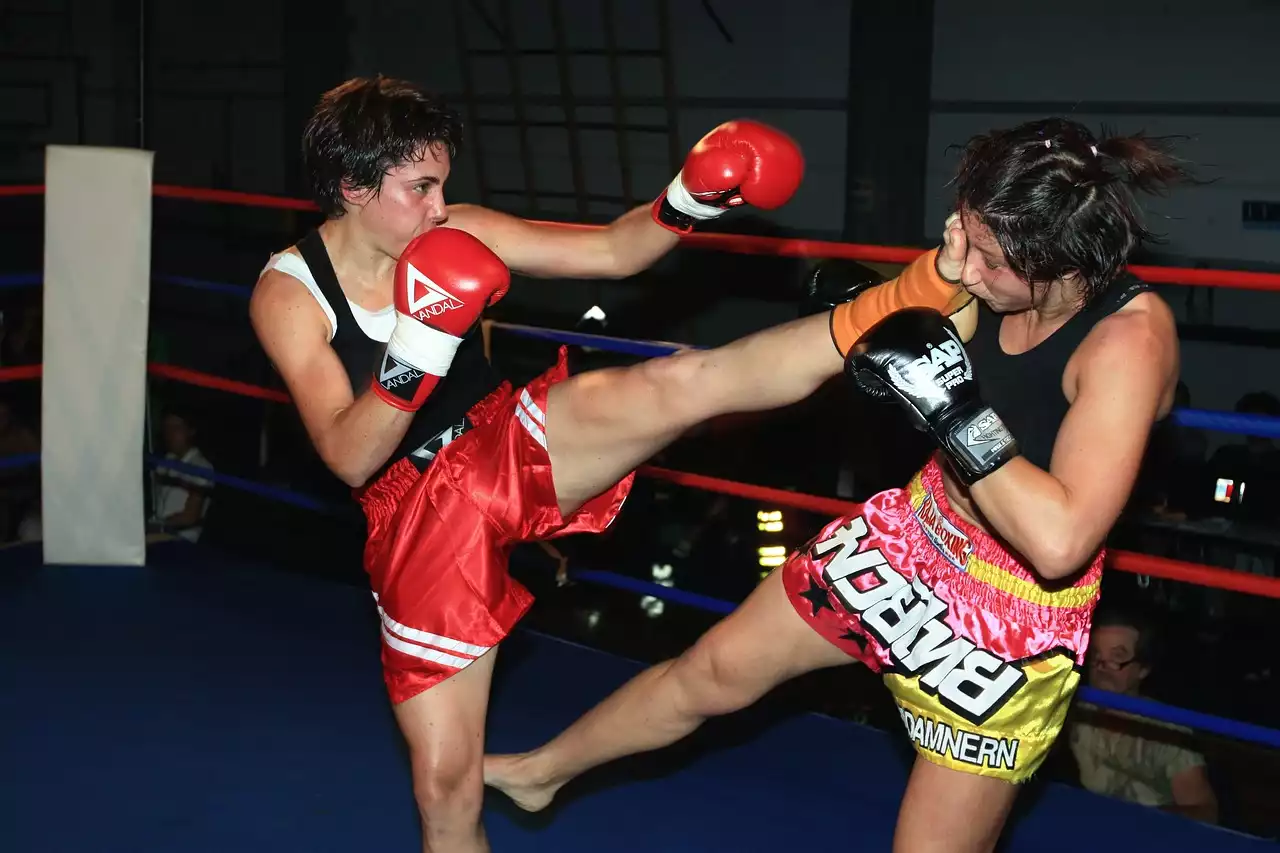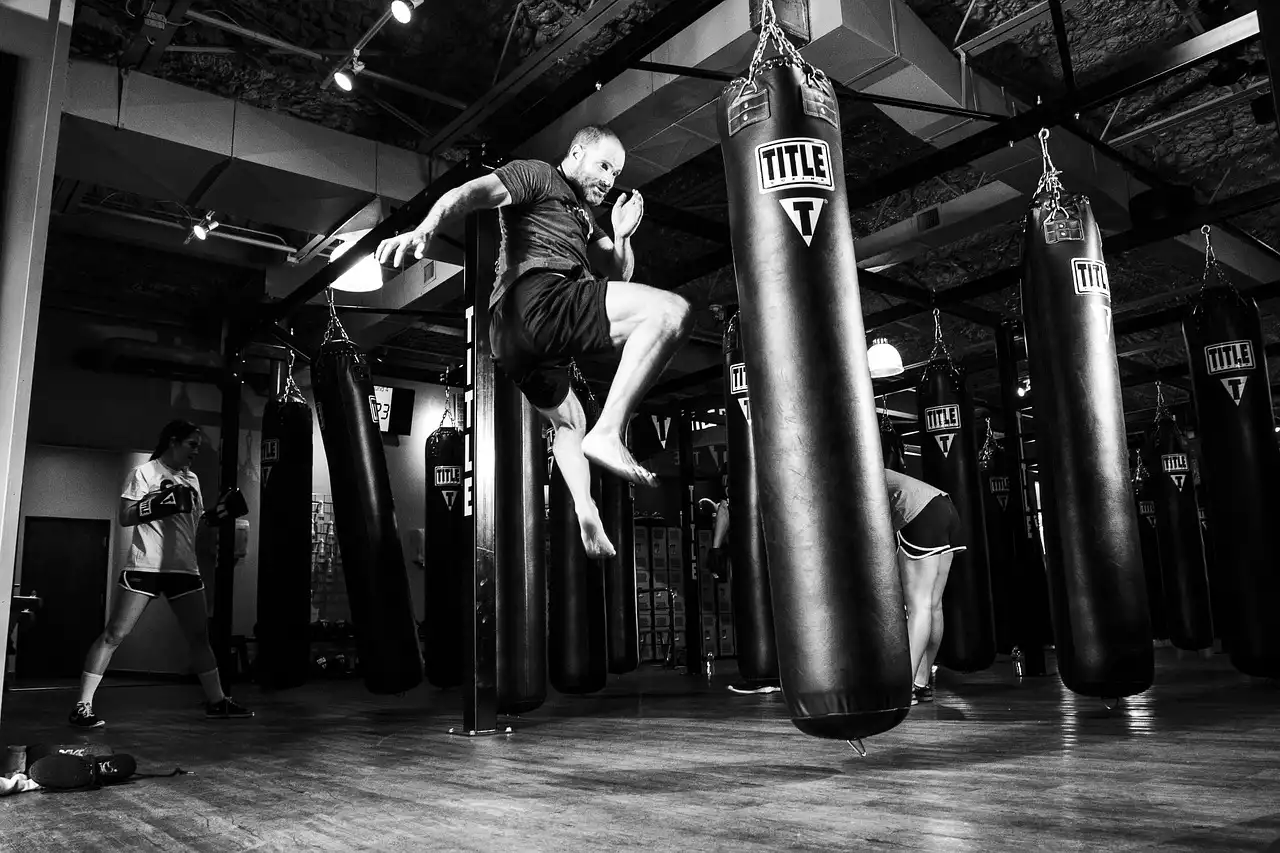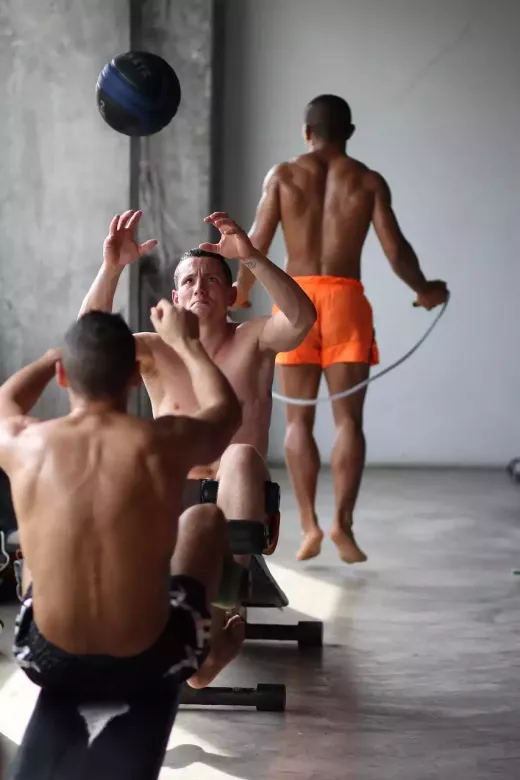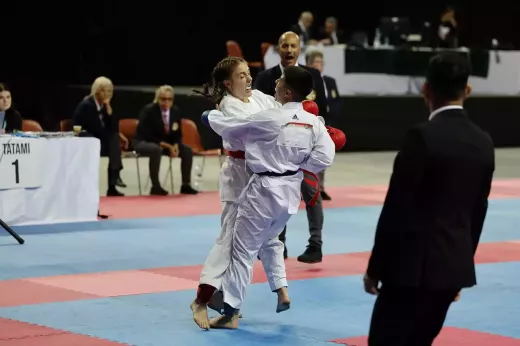Understanding the effects of kickboxing on the body
Kickboxing is a high-intensity sport that places immense physical demands on the body. From the powerful kicks and punches to the constant movement and footwork, kickboxing can leave fighters feeling exhausted and sore. The physical strain of kickboxing can lead to muscle soreness, joint pain, and even injuries. Understanding the effects of kickboxing on the body is important to know how to properly rest and recover after a competition.
The physical strain of kickboxing can lead to muscle soreness, joint pain, and even injuries. Fighters may experience delayed onset muscle soreness (DOMS), which is characterized by muscle pain and stiffness that occurs 24-48 hours after exercise. DOMS can be particularly painful after a kickboxing competition, where fighters may have pushed themselves to their limits. In addition to muscle soreness, kickboxing can also lead to joint pain, especially in the knees, shoulders, and lower back.
To properly rest and recover after a kickboxing competition, fighters need to understand the physical demands of the sport and how it affects their body. This knowledge can help them develop a recovery plan that will aid in their recovery and prevent further injury.
Importance of rest and recovery after a kickboxing competition
Rest and recovery are crucial after a kickboxing competition. The physical strain of the sport can leave fighters feeling exhausted and sore, and without proper rest and recovery, they may be at risk of injury. Rest and recovery allow the body to repair and rebuild muscle tissue, replenish energy stores, and reduce inflammation.
Rest is essential after a kickboxing competition. Fighters should take a few days off to allow their body to recover from the physical strain of the bout. During this time, fighters should avoid any strenuous activity, including kickboxing or other high-intensity workouts. Resting allows the body to repair and rebuild muscle tissue, which is important for recovery after a competition.
In addition to rest, recovery activities such as stretching, foam rolling, and light cardio can aid in recovery. These activities can help to reduce muscle soreness, improve circulation, and promote the healing of damaged tissue. Recovery activities should be done in moderation, however, as too much activity can delay recovery and increase the risk of injury.
Tips for rest and recovery - sleep, hydration, and nutrition
Sleep, hydration, and nutrition are all important factors in recovery after a kickboxing competition. Proper sleep and hydration can aid in the repair and rebuilding of muscle tissue, while nutrition provides the fuel necessary for recovery.
Getting enough sleep is crucial for recovery after a kickboxing competition. During sleep, the body releases hormones that aid in muscle repair and growth. Fighters should aim for at least 8 hours of sleep per night to aid in recovery.
Hydration is also important for recovery after a kickboxing competition. Water is essential for the repair and rebuilding of muscle tissue, and it helps to flush out toxins and reduce inflammation. Fighters should aim to drink at least 8-10 glasses of water per day to stay hydrated during recovery.
Nutrition is another important factor in recovery after a kickboxing competition. Fighters should consume a balanced diet that includes plenty of protein, carbohydrates, and healthy fats. Protein is essential for muscle repair and growth, while carbohydrates provide the energy necessary for recovery. Healthy fats, such as those found in nuts and avocados, can help to reduce inflammation and aid in recovery.
Active recovery exercises - stretching, foam rolling, and light cardio
Active recovery exercises, such as stretching, foam rolling, and light cardio, can aid in recovery after a kickboxing competition. These exercises help to improve circulation, reduce muscle soreness, and promote the healing of damaged tissue.
Stretching is an important part of active recovery after a kickboxing competition. Stretching can help to improve flexibility, reduce muscle soreness, and prevent injury. Fighters should perform gentle stretches for all major muscle groups, holding each stretch for 20-30 seconds.
Foam rolling is another effective active recovery exercise. Foam rolling can help to reduce muscle soreness and improve circulation. Fighters should use a foam roller to massage their muscles, focusing on areas that are particularly sore or tight.
Light cardio, such as walking or cycling, can also aid in recovery after a kickboxing competition. Cardiovascular exercise helps to improve circulation, which can promote the healing of damaged tissue. Fighters should perform light cardio for 20-30 minutes, gradually increasing the intensity as they recover.
Rehabilitation exercises for common injuries - knee, shoulder, and back injuries
Injuries are a common occurrence in kickboxing, and proper rehabilitation is crucial for recovery. Common injuries include knee, shoulder, and back injuries.
For knee injuries, rehabilitation exercises may include quad sets, straight-leg raises, and hamstring curls. These exercises help to strengthen the muscles surrounding the knee, which can improve stability and reduce the risk of further injury.
For shoulder injuries, rehabilitation exercises may include shoulder rotations, shoulder presses, and lateral raises. These exercises help to strengthen the muscles surrounding the shoulder, which can improve stability and reduce the risk of further injury.
For back injuries, rehabilitation exercises may include back extensions, pelvic tilts, and hip bridges. These exercises help to strengthen the muscles surrounding the back, which can improve stability and reduce the risk of further injury.
The role of massage therapy in kickboxing recovery
Massage therapy can also aid in kickboxing recovery. Massage therapy helps to improve circulation, reduce muscle soreness, and promote the healing of damaged tissue. Massage therapy can also help to reduce stress and improve mental health, which is important for recovery after a competition.
During a massage, a therapist will use various techniques to manipulate the muscles and soft tissues of the body. This can help to loosen tight muscles, reduce muscle soreness, and promote relaxation. Massage therapy can also help to reduce stress and anxiety, which can be beneficial for fighters recovering from competition.
The psychological impact of kickboxing competitions - coping with loss and dealing with stress
The psychological impact of kickboxing competitions should not be overlooked. Fighters may experience stress, anxiety, and even depression after a competition, especially if they did not perform as well as they had hoped. Coping with loss and dealing with stress is important for mental health and overall well-being.
Fighters should take time to process their emotions after a competition. Talking to a coach, therapist, or trusted friend can help cope with loss and deal with stress. Fighters should also practice self-care activities such as meditation, yoga, or other relaxation techniques.
Returning to training after recovery - gradual and safe reentry into training
Returning to training after recovery is important for kickboxers to maintain their physical fitness and skill level. However, it's important to return gradually and safely to avoid injury.
Fighters should start with light workouts and gradually increase the intensity as they recover. It's important to listen to the body and not push too hard too soon, as this can delay recovery and increase the risk of injury. Fighters should also focus on proper form and technique to avoid re-injury.
